Materials
Motorcycle Fairings: The Power of Fiberglass, Kevlar-Carbon, and Carbon
Motorcycle enthusiasts are no strangers to the importance of lightweight and durable materials when it comes to their bikes. One crucial component that often requires this balance of strength and weight reduction is the motorcycle fairing, and today, manufacturers are turning to innovative materials like fiberglass, Kevlar-carbon, and carbon fiber to meet these demands.
Fiberglass: Fiberglass has been a staple in the world of motorcycle fairings for decades. It is prized for its affordability, ease of manufacturing, and decent strength-to-weight ratio. Essentially, fiberglass consists of tiny glass fibers embedded in a resin matrix. This combination results in a material that's lightweight and reasonably strong, making it ideal for various motorcycle fairing components. While fiberglass may not be as lightweight as some alternatives, its cost-effectiveness makes it a popular choice for riders who prioritize budget-friendly options.
Kevlar-Carbon Composite: Kevlar-carbon composites represent a significant leap forward in motorcycle fairing technology. These materials combine the best of both worlds: the exceptional strength of carbon fiber and the impact resistance of Kevlar. Kevlar is a synthetic fiber known for its impressive strength and resistance to abrasion, making it perfect for protecting your bike from the inevitable wear and tear of the road. When combined with carbon fiber, you get a material that's not only tough but also lightweight, resulting in improved aerodynamics and overall performance. Riders who want the ultimate blend of protection and performance often turn to Kevlar-carbon composite fairings.
Carbon Fiber: Carbon fiber is the ultimate choice for riders who demand peak performance. It's incredibly strong yet incredibly lightweight. In fact, carbon fiber is often used in the aerospace and Formula 1 racing industries due to its unbeatable strength-to-weight ratio. Motorcycle fairings made from carbon fiber offer exceptional rigidity and durability while significantly reducing the overall weight of the bike. This reduction in weight results in improved handling and fuel efficiency. Although carbon fiber fairings tend to be more expensive than other options, they are the go-to choice for riders who prioritize performance above all else.
In conclusion, the choice of materials for motorcycle fairings plays a vital role in a rider's experience. Fiberglass, Kevlar-carbon, and carbon fiber each offer their own set of advantages, catering to riders with varying preferences and budgets. Whether you're a budget-conscious motorcyclist or a performance-driven enthusiast, there's a fairing material that suits your needs. The next time you see a sleek, aerodynamic motorcycle cruising down the road, remember that the materials used in its fairings contribute significantly to its performance and aesthetics.
Fiberglass we can produce in different RAL Colours:
In the dynamic realm of manufacturing, fiberglass parts have entered a new era of customization and visual appeal, thanks to the infusion of an extensive array of RAL colors. This palette, consisting of a myriad of shades, transforms fiberglass components into not just durable elements but also aesthetically pleasing contributors to various industries.
Some of the fascinating RAL colors that can be integrated into fiberglass production:
9003, 9010: White
9005: Black
1000, 1003, 1016, 1023: Yellow
2002, 2004, 2008: Orange
3003, 3020, 4003, 4010: Red
5002, 5010, 5012, 5018: Blue
6001, 6005, 6013, 6018: Green
7000, 7016, 7035: Gray
8000, 8007, 8016: Brown
In conclusion, the integration of RAL colors into fiberglass part production elevates these components to new heights of customization and visual allure. Manufacturers now have the palette to create products that not only excel in performance but also delight the eye, meeting the diverse and evolving preferences of industries and consumers alike.


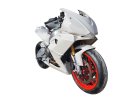
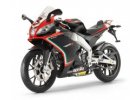
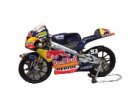


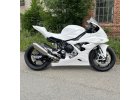


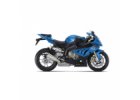
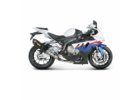

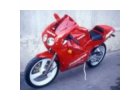
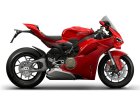

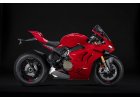
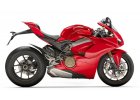


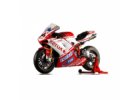
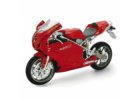
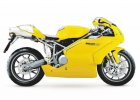
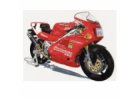
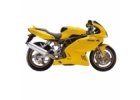
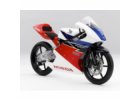
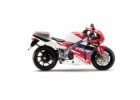


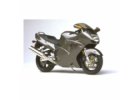



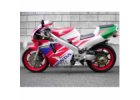








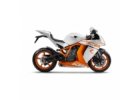

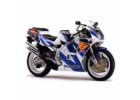
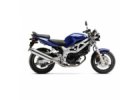
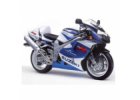
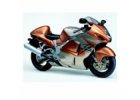


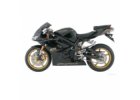
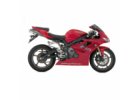
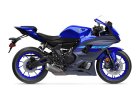
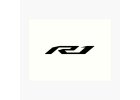
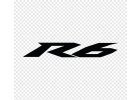
.png)
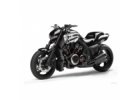
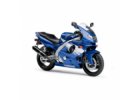
.png)
